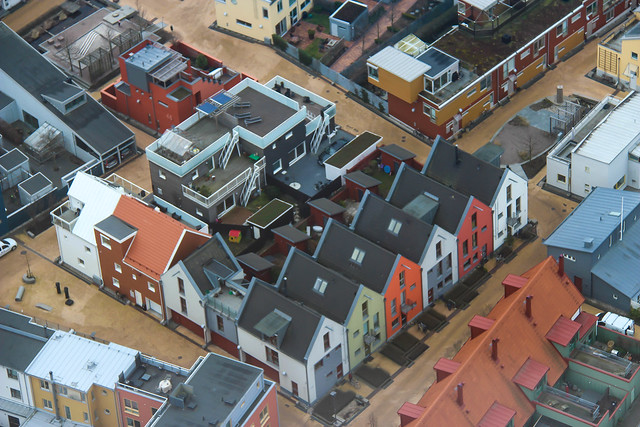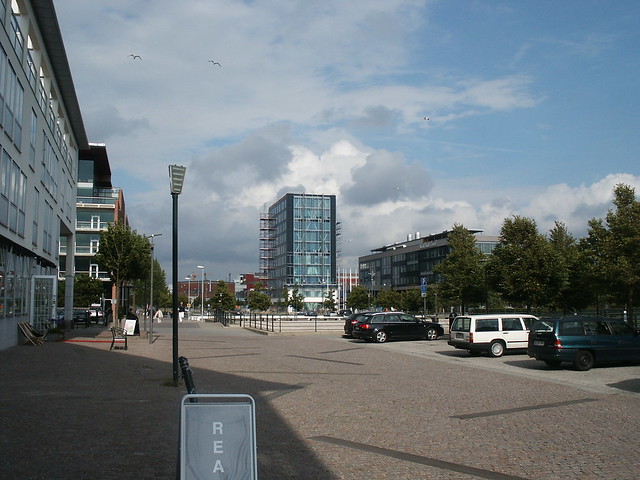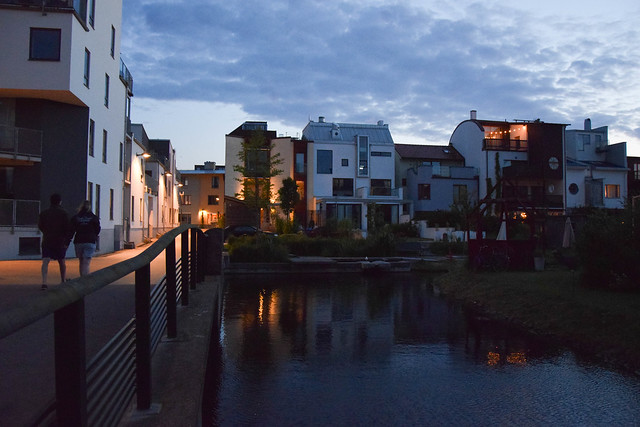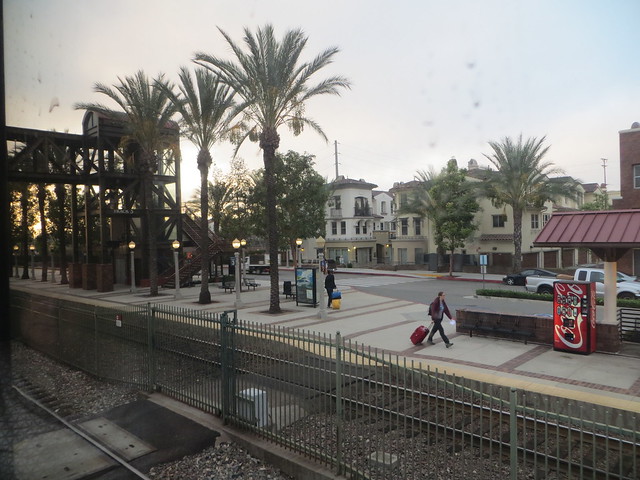By Abolfazl Dehghanmongabadi, Şebnem Önal Hoşkara, and Nina Shirkhanloo
As results of the rapid development of cities and urban settlements during the nineteenth century as well as changes in conditions and aspects that are affective on development of cities in recent years, urban neighborhoods find especial position in the formation of cities. Besides, concept of sustainable development emerged as a major part of literature review in urban design and planning. There are numerous reasons to apply sustainability concept in urban design and planning that generally can be mentioned as preserving of natural systems and resources, economic prosperity and social equitable communities. In this regards, human must manage their own societies and products particularly settlements. Hence, applying aspects of sustainable development within conventional practice of neighborhood planning is a vital approach to achieving sustainable cities throughout the world. Accordingly, the main aim of this study is concentrated to make clear definition of sustainable neighborhood and clarifying the main factors and principles which are affective to achieve a sustainable neighborhood. The methodology of the research is centered on theoretical technique based on previews studies and documents. Consequently, the research would express main characteristics of a sustainable neighborhood and understanding the fundamental factors and approaches to enhance the level of
sustainability concept in urban neighborhoods through increasing the quality of life and achieving sustainable development within cities.



Pictures of Västra Hamnen, Malmö, Sweden explained in the article.
More about urban development and sustainable city:





